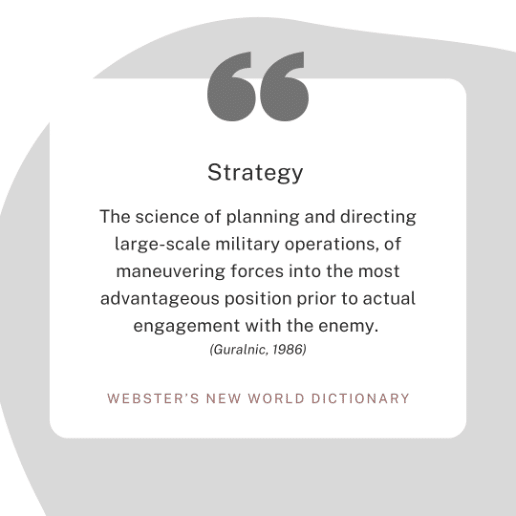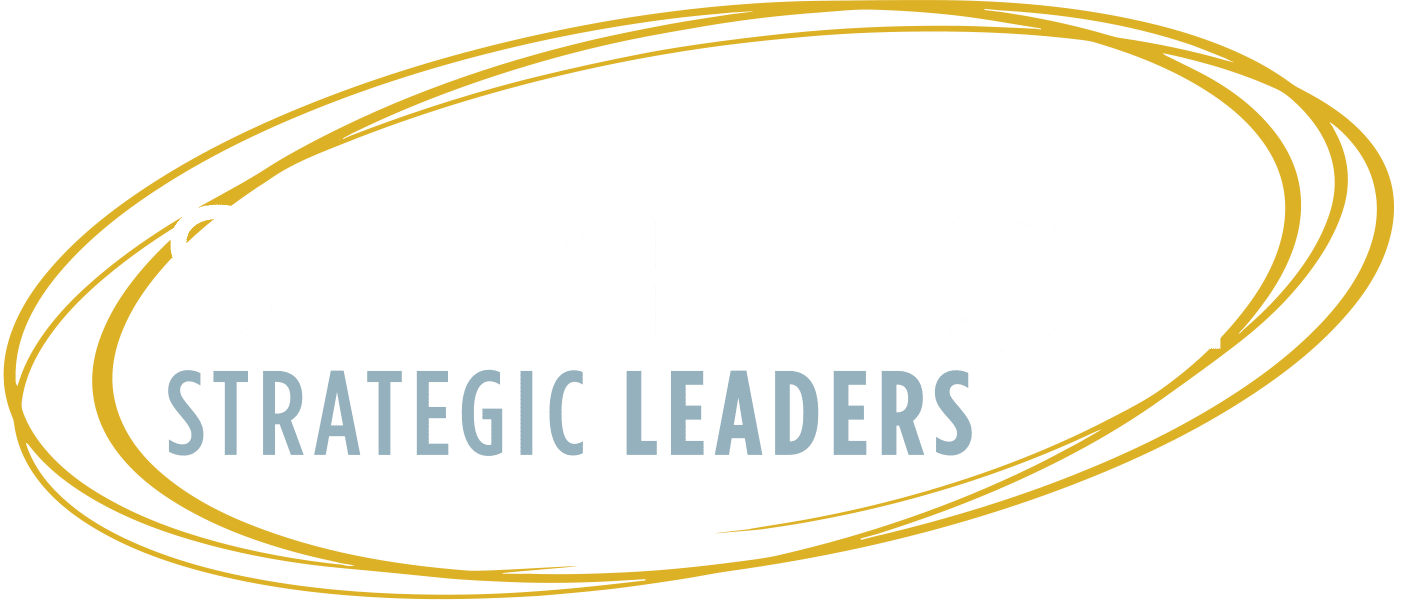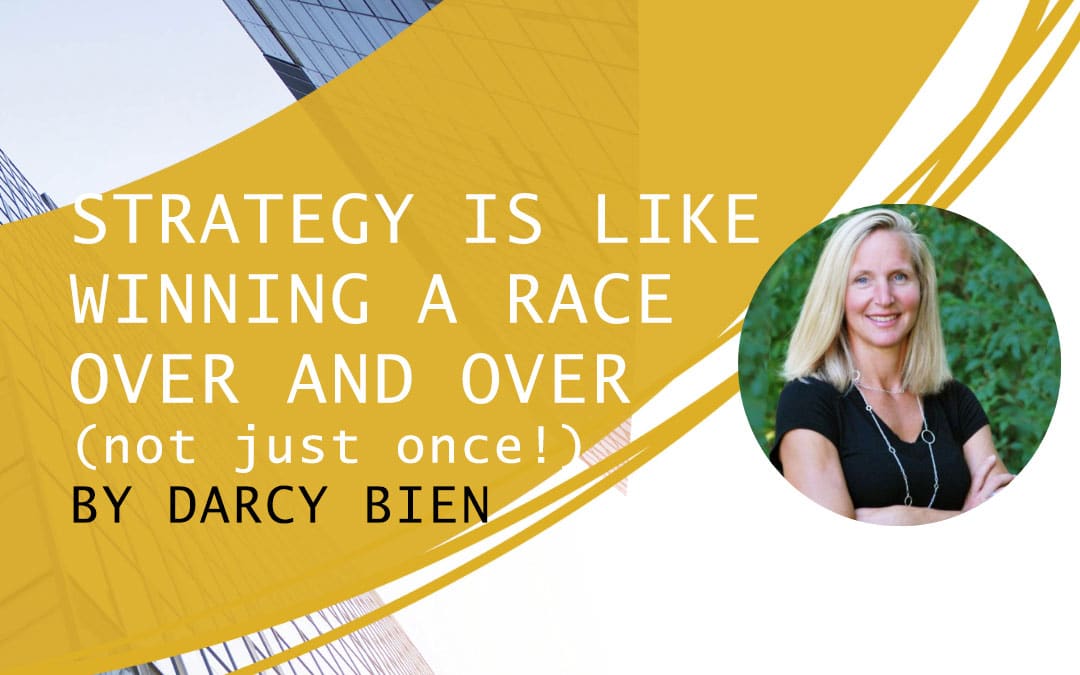The question I am asked all the time is… “What is Strategy?” With so many definitions out there, it is very confusing.
 In his best-seller, How will you Measure your Life?, written by one of my favorite professors, Clayton Christensen, strategy is described as, “At the basic level, a strategy is what you want to achieve and how you will get there.”
In his best-seller, How will you Measure your Life?, written by one of my favorite professors, Clayton Christensen, strategy is described as, “At the basic level, a strategy is what you want to achieve and how you will get there.”
Strategic planning was formally defined as a concept by the military. “The plan to win” makes sense when you are at war! As it applies to business, however, strategy has many definitions. At the most basic level it is how to win in the market-place and achieve a sustainable competitive advantage.
Remember the book, Good to Great, by Jim Collins? One of his foundational beliefs is that “good is the enemy of great.” Many organizations are good. They have been in business for many years and they are doing “good.” I compare Strategy to deciding if you want your company to be great, like “winning” a race versus just participating in the race. This is proactive planning (vs. reactive), making choices and trade-offs (vs. saying yes to everything) and gaining alignment (vs. telling people what do). For a company who wants to be great, you first need to decide (1) Why do you want to be great? How do you define “winning”? And (2) What “choices” to you need to make to “win”? I’ve worked with hundreds of companies and they’ve all had different definitions of winning and they make much different choices – that’s the fun part! Let’s think about this for a bit, using my Race analogy. Here are some “race” examples:
- What does it mean to win a race? 1st (Market Leader)? Fastest time in a certain group (niche leader)? Top 10% (Preferred Choice)? There are so many ways to define winning.
- Then choices will you make, i.e. what race makes sense for our company based on who we are and how we define winning? Do you want to walk, run, bike, canoe, sail, swim, etc.? Where do you want to do the race? And, when do you want to do it? These are all “Strategic Choices” to make.
Strategy is defining what you want to achieve, and planning is determining how you will get there. A good strategic planning process starts with defining what it means to win in your company. This is your key leaders’ main responsibility. I highly recommend this is done by leadership teams, not by the owner. It is critical to engage key leaders so they can both understand the “why” and know how to help. Since there are so many expanding definitions of strategy, I will explain a few key concepts and steps in the process using in a “Marathon Race” example below.

I decided to run my first marathon in 1999 while at Harvard Business School. I was around a bunch of crazy, goal-oriented people, and, honestly, lots of my friends decided to run a Marathon. So, I set my personal Vision (desired state) to run a marathon in less than 4 hours. Yes, I believe in measurable visions with stretch goals. My normal distance was around 6 miles, so 26.2 was a stretch. Now, I had to determine how I would do it.
Step 1 was research, feedback and benchmarking (i.e. Listen and Learn). I talked to seasoned marathoners and did some research on “how to train” for a marathon. I chose the Cape Cod Marathon because the timing worked, it was close, it was a beautiful place, and I had never been there. I also realized quickly I needed to start training to increase my mileage.
Then I moved to Step 2, Strategic Plan Development. This involved assessing my current reality with a very tried-and-true tool, The SWOT Analysis.
 As you can imagine, my SWOT was not the same for my friends; specifically, my roommate, Page, who qualified to run the Boston Marathon. Every company is different, every situation is different, and every strategy is different. My strategic plan was different from Page’s because it was customized for me to reach my vision and goals. Page was a lot faster than I was, so her training and goals were different.
As you can imagine, my SWOT was not the same for my friends; specifically, my roommate, Page, who qualified to run the Boston Marathon. Every company is different, every situation is different, and every strategy is different. My strategic plan was different from Page’s because it was customized for me to reach my vision and goals. Page was a lot faster than I was, so her training and goals were different.
Once I had my strategic plan, the real work was Step 3, Implementation: the training! No one told me how hard long runs really were. They also forgot to mention how much time it would take and how horrible it was to run in cold, rainy Boston weather. I adjusted my strategic plan multiple times as my school workload was heavy and there were other fun things to do. My training plan adjusted weekly but I measured my weekly increase in miles and time running.
The last step – Step 4, Strategic Management, involves managing the changes and adjustments as an on-going process, unique to my situation. This included communication, support, and on-going assessment of my plan – thinking about each run as part of the process – not single events. As long as I improved my miles and times each week, I was moving forward. Fortunately, I trained alongside friends and we supported each other. Looking back, what is so interesting is that we all had different goals and chose different races, resulting in unique training (aka strategic) plans.
When the time came for me to run the Cape Cod Marathon, I was scared out of my mind and thought there was no way I would finish! Luckily, I had my support group (identified in Step 1 and confirmed in Step 4) cheering me on at different parts of the race – this was critical!! At about mile 14, and another hill, I was really dragging. Page jumped in the race and ran a few miles with me! Honestly, this memory still brings tears to my eyes. It was so difficult AND so amazing. In the end, my time was 3:57 (yep, I reached my stretch goal by 3 minutes!). Thank goodness for my support group! It took commitment, hard work, and a little pain, but it was totally worth it!
 Strategic planning takes commitment and involves making choices – you have to have a “no” strategy. Did I mention while I was training there were many things I had to give up (one was late-night parties)? Each company can define what it means to “win” for your company – the essence of strategy. The critical part is alignment (saying no) and support (key people who help implement).
Strategic planning takes commitment and involves making choices – you have to have a “no” strategy. Did I mention while I was training there were many things I had to give up (one was late-night parties)? Each company can define what it means to “win” for your company – the essence of strategy. The critical part is alignment (saying no) and support (key people who help implement).
In my marathon example, I only had to convince myself to do the training, but I needed my friends to support my choices! For a company to develop a strategy, you need others to help and to gain alignment on what it means to win and what you want to achieve (i.e. a vision and key goals). All successful strategic processes engage the leadership, management team, team members, customers, and sometimes the entire community. The time spent gaining support pays huge dividends when it is time to implement; you have people ready and willing to get on board.
That’s strategy in a “nutshell” – it starts with what you want to achieve – a vision with a stretch goal (Run a Marathon in less than 4 hours) and developing a strategic plan (training plan so I could go from running 6 miles to 26.2 miles). Then, it takes discipline and dedication (running, running and more running), tough choices (exercising and drinking more water vs. wine), a lot of communication and support (my training buddies), and, I’m not going to lie, it’s a “little” painful. Remember, if you want to go from good to great, it takes stretching!
The key thing to remember: approach strategy as a process and it gets more “right” every time you do it!

